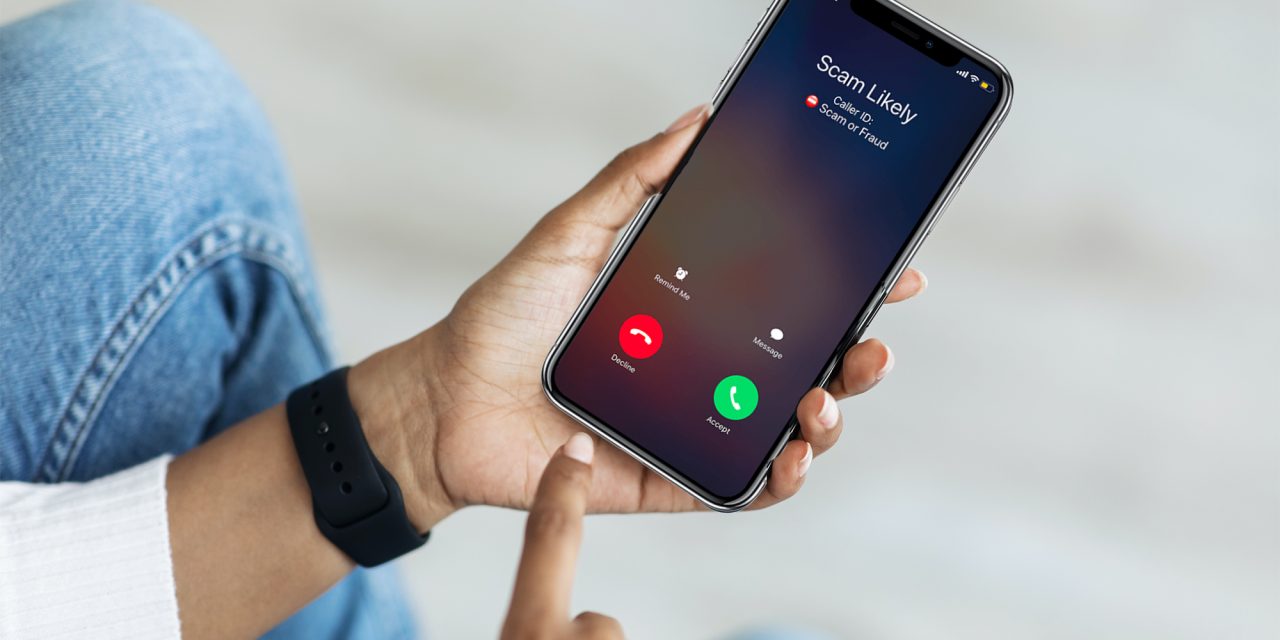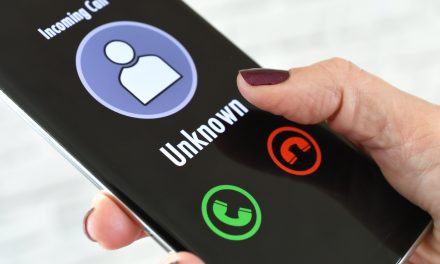Who is Scam Likely and why is calling me?
Have you ever wondered why some incoming calls are labeled as Scam Likely, Scam or even Telemarketer? Let’s take a look at new regulations in telecommunications being in effect and how they can benefit or impact negatively daily calls. The Federal Communications Commission (FCC) has recently proposed new rules that would give consumers more protection over certain practices that may abuse of the good faith of the consumers.
One way that scammers abuse caller ID is by “spoofing” a phone number. This means that they make the caller ID display a fake number, often one that looks similar to your own. They do this in the hopes that you will be more likely to answer the call, thinking it’s someone you know.
If you receive a scam call and see “Scam Likely” or “Suspected Spam Caller” on your caller ID, it means that a system in charge of validating the authenticity of a call has detected suspicious activity associated with that phone number. It is of course expected that consumers do not answer calls from numbers labeled as such.
Most business phone system providers and phone carriers use a combination of automated and human processes to label phone numbers as Scam Likely.
My calls are displayed as Scam Likely
As mentioned, because the telecom industry is rapidly evolving in a never-ending war against spam and scam calls, there may be some undesirable effects. Unfortunately, in this war, there are cases where some businesses phone numbers can be mislabeled or falsely identified as pam positives, which causes issues. In some cases a business phone number can end up in the database of a vendor Although many vendors have their own proprietary system to track and report abusers source number as problematic. These are internal databases where other vendors cannot view and confirm if a number has been labeled as problematic.

What to do if my number shows Spam Likely?
Unfortunately there isn’t a simple way to check if a phone number has been labeled as Scam Likely. Each vendor has their own way for an end-user to report their issue. To report a problem with a number please use these links:
- For problems calling AT&T:
AT&T uses HiYa to track reports of numbers being incorrectly labeled. https://hiyahelp.zendesk.com/hc/en-us/requests/new?ticket_form_id=824667 - For problems calling T-Mobile:
T-Mobile has its own portal for customers to report an issue with how a number is being displayed. https://callreporting.t-mobile.com/ - For problems calling Verizon: Verizon has its own portal for reporting issues with DIDs. https://voicespamfeedback.com/vsf/
- Samsung users: Users who own a newer Samsung phone may have noticed Caller ID information being provided on inbound calls even though you are not paying for the service with your cell phone vendor. The Samsung phone has a Smart Call system that pulls this data from HiYa. https://hiyahelp.zendesk.com/hc/en-us/requests/new?ticket_form_id=824667
- Call Transparency: If you checked the URL provided for T-Mobile entry on this article, you would see they note creating an account with Call Transparency if you are a business. It may be a good idea for a customer with many DIDs to create an account with Call Transparency , as this may be beneficial. https://calltransparency.com/
- Free Caller Registry: Free Caller Registry reports they work with other providers to provide information on business phone numbers. So using this portal for reporting and whitelisting your numbers may correct issues on several carriers. https://www.freecallerregistry.com/fcr/
Is the labeling of Spam Likely calls related to the new STIR/SHAKEN regulation?
In a short the answer is yes. The FCC is putting great effort to help consumers to be protected from spammers using call spoofing strategies. But the long answer is no. The labeling of a call as a possible spam happens on the termination side of a call and most likely involving the termination carrier. So STIR/SHAKEN per se it’s not the root cause.
Conclusion
If you feel that you are by mistake being labeled as a scammer most likely your phone number was previously used for call spoofing and used to call a numbers with a high volume of calls and dispersion. We suggest you to go through the above links and register your number there. There is no way to guaruantee the registration of your number will take effect immediately or if it’s going to have an effect but it’s worth the registration. If you have problems with the labeling of your business outbound calls please contact us at info@linkedip.com, call us at 800-969-0164 or leave us a message here https://www.linkedip.com/contact-us/.



